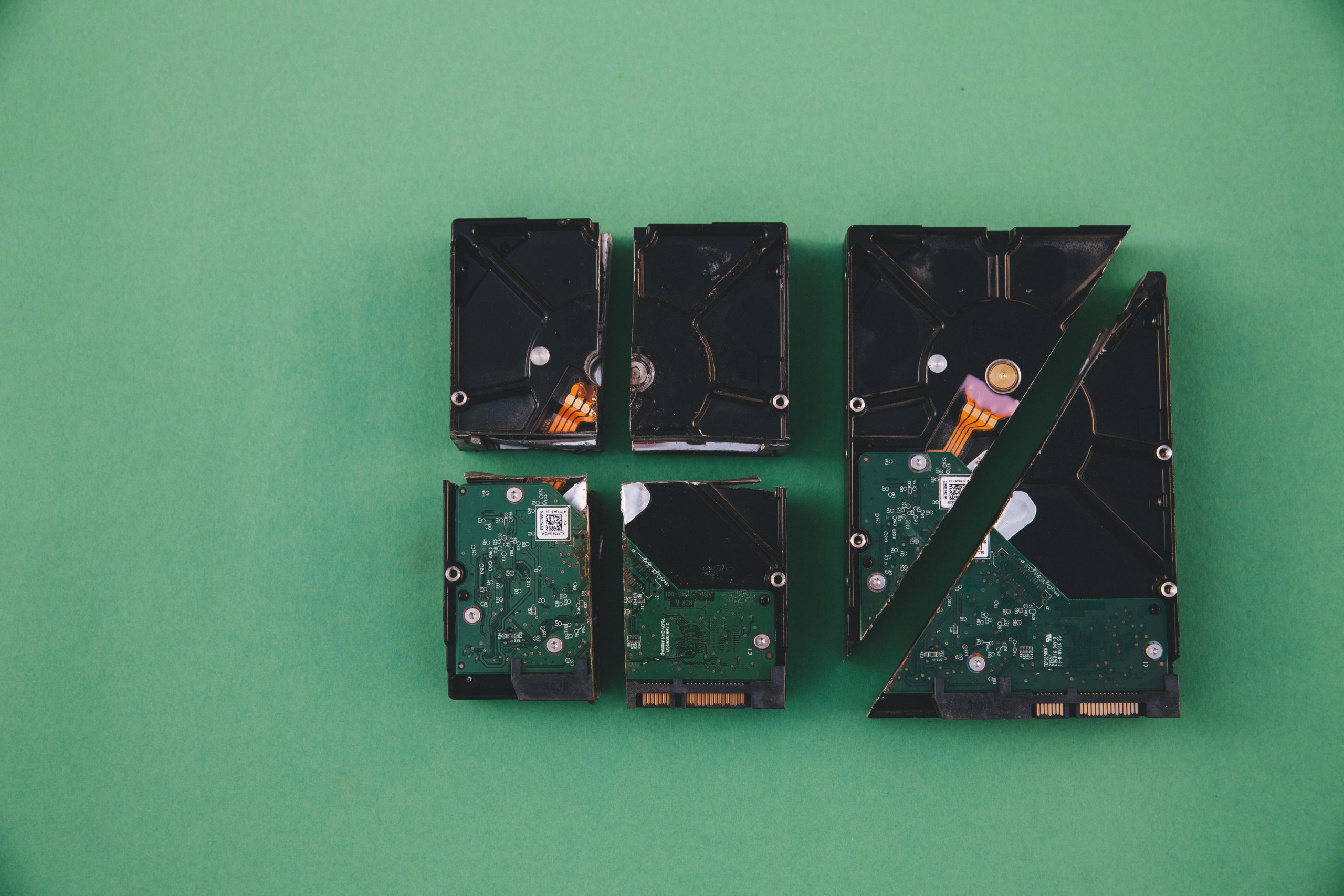Assessing the Security Risks of NVMe SSD Enclosures: Can They Be Compromised to Inject Malware?
In today’s interconnected digital landscape, ensuring the security of data storage devices is of paramount importance. With the proliferation of external SSD enclosures—particularly NVMe models purchased from online marketplaces—it’s prudent to consider potential security vulnerabilities. One common concern among users is whether these enclosures can be tampered with to introduce malware or viruses into the SSDs inserted into them.
Understanding NVMe SSD Enclosures
NVMe (Non-Volatile Memory Express) SSD enclosures enable users to connect high-speed solid-state drives to their computers via USB or other interfaces. They are essential tools for data transfer, backup, and portability. While most enclosures are designed with security and integrity in mind, like any hardware component, they can be subject to tampering if not sourced from reputable vendors.
Potential Security Risks
The primary question is whether an NVMe SSD enclosure can be modified or engineered to inject malicious code into the SSDs placed inside it. Several factors influence this risk:
-
Hardware Tampering:
An attacker with physical access to the enclosure could potentially modify its internal circuitry. This might involve installing malicious firmware or hardware components that intercept data or inject malware during device use. -
Firmware Manipulation:
Modern enclosures sometimes include firmware that manages data transfer. If this firmware is compromised or maliciously replaced, it could manipulate data or carry out malicious activities when an SSD is connected. -
Pre-Configured Malicious Devices:
In some cases, malicious actors distribute pre-tampered enclosures that appear genuine but contain hidden malware functionalities.
Real-World Likelihood
While theoretically possible, the risk of a standard, off-the-shelf NVMe SSD enclosure being maliciously modified to inject malware is relatively low, especially if purchased from reputable sources. Generally, credible manufacturers implement security measures, and trustworthy vendors often seal their products to prevent tampering.
Red Flags and Best Practices
If you suspect that an enclosure has been tampered with—such as noticing it was opened or resealed—exercise caution before using it with critical or work-related devices. Here are some recommendations:
-
Purchase from Reputable Vendors:
Always buy from trusted retailers or official sources to reduce the risk of counterfeit or tampered hardware. -
Inspect Packaging and Hardware:
Look for signs of tampering, such as resealed packaging
Share this content:



